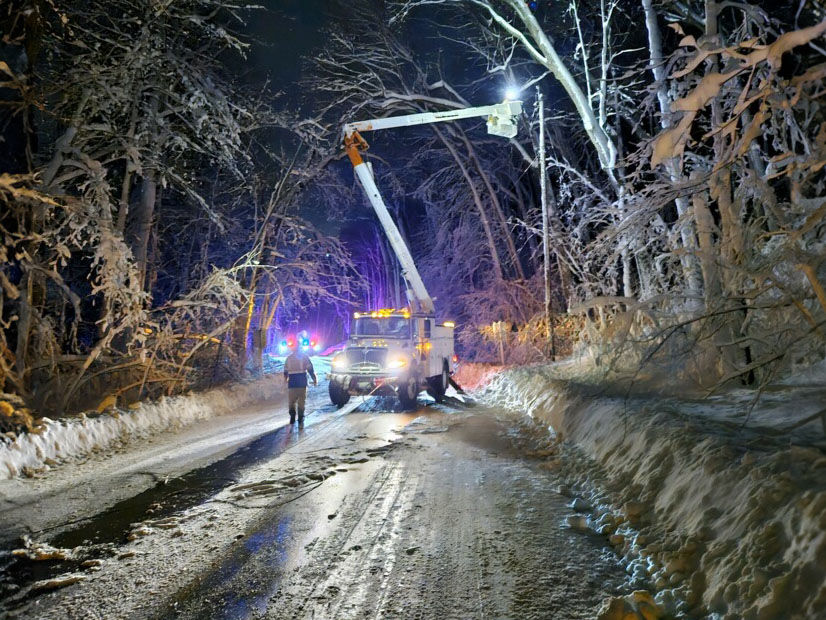MISO dodged the need for emergency procedures during a mid-January cold blast that brought consecutive days of subzero temperatures to the Midwest.
And both MISO and the Independent Market Monitor credit the wind fleet with playing a key role in keeping the system reliable.
MISO likely achieved its systemwide winter peak of 106 GW as the arctic air dragged on Jan. 17.
At a Jan. 18 Market Subcommittee meeting, MISO’s Tim Aliff said the South region set a new wintertime peak of 32.3 GW on Jan. 17, unseating the previous 31.8-GW record set in late 2022. That day, Baton Rouge bottomed out at 19 F, outstripping the day’s previous record of 20 F set in 1905. Other Louisiana cities logged record low temperatures for the day, toppling previous records set either nearly 120 years or more than 50 years ago.
MISO enacted a cold weather alert and conservative operations beginning Jan. 13 and lifted them Jan. 18 and Jan. 17, respectively. The grid operator never was forced to escalate instructions to a maximum generation alert or warning as cold gripped the entire footprint.
Aliff said MISO experienced “robust reserve margins” during the storm that varied between 14-19 GW and were generally available within four hours or less. He said thermal generation performed well throughout the event, with up to 2 GW of derates, compared to the approximately 10 GW in derates that occurred in late 2022 during Winter Storm Elliott.
Wind generation also made healthy contributions during the storm, Aliff said, varying between 12-20 GW.
Potomac Economics’ Carrie Milton, representing MISO’s Independent Market Monitor, said the week’s weather qualified as an extreme event that the Monitor analyzes in seasonal assessments for emergency potential. Milton said high wind output kept MISO out of emergency conditions; the Monitor had predicted ahead of the season that MISO would require emergency actions if it experienced nearly identical conditions to the storm.
“We got a lot of support from wind, much higher than [unforced capacity] values,” Milton said. She said there were fewer instances of cold weather cutoffs and icing among the wind fleet than the Monitor anticipated.
MISO will deliver a more comprehensive picture of its operations during the event at the Jan. 25 Reliability Subcommittee meeting.


